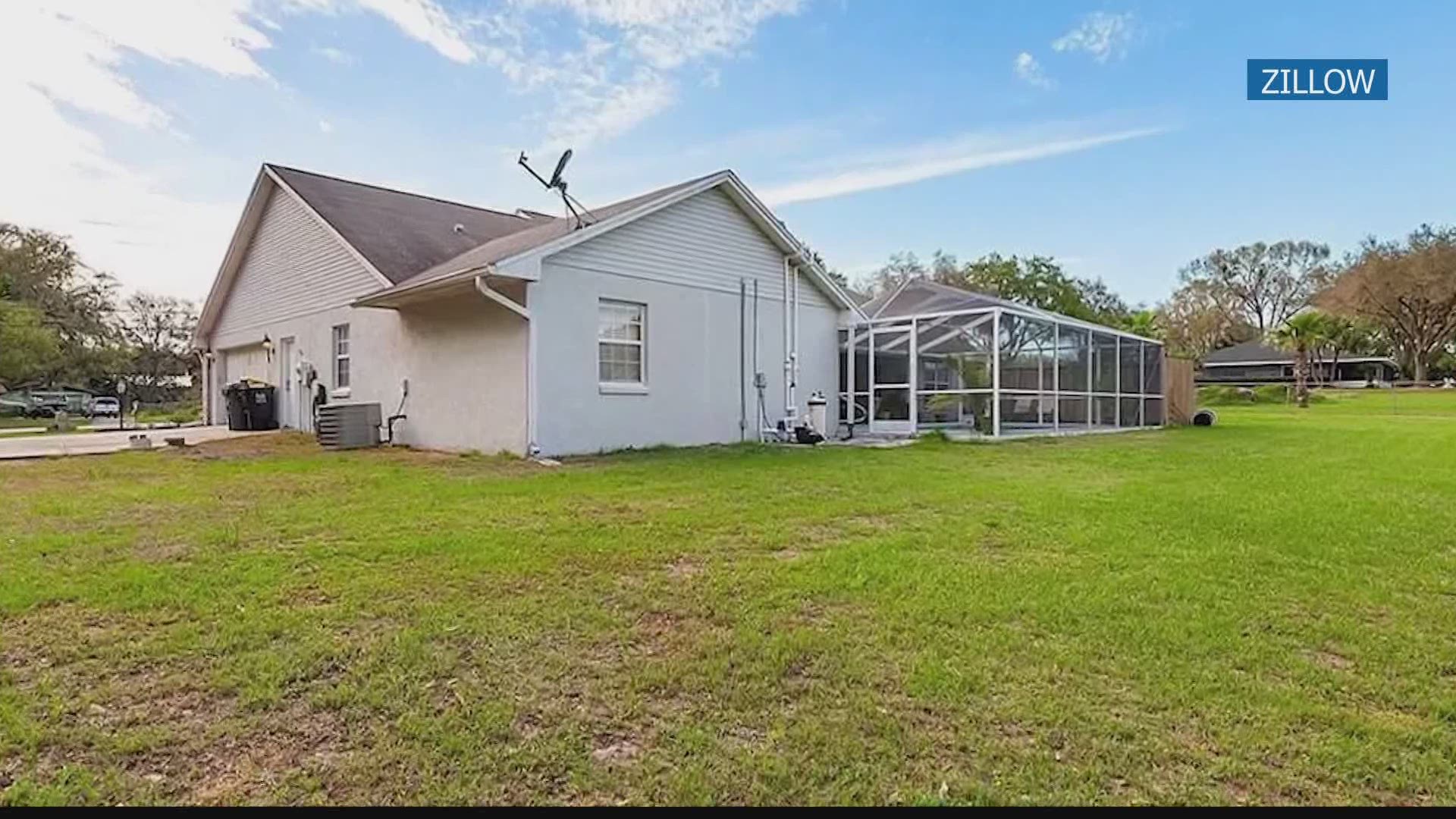TAMPA, Fla. — Flood insurance is something many Floridians need living near the water and figuring out what policy to buy can be overwhelming.
Ruthie Kimmons, who lives in the Tampa Bay area, said she felt that way when she purchased her home two years ago.
“When we bought it, my dad was very adamant that the property was marked wrong," Kimmons said.
Despite that, Kimmons said they bought flood insurance because they thought it was the right thing to do. Recently, she learned about No Flood Florida, a service created by water engineers Ahmed Hamed and Taylor Lankford. Their goal is to help homeowners quickly find out if their home is correctly listed in a flood zone and check to see if their FEMA flood zone designation is outdated.
Their motto is, “To give the people of Florida the power to make informed decisions by organizing Florida’s latest flood data and making it readily available to all its home buyers.”
“One of the things that really makes me happy is getting that text or call from someone who went through that process, thanking us for how much they saved,” said co-founder and CEO Ahmed Hamed.
Hamed said there are two types of flood insurance: There’s private flood insurance, and there’s flood insurance backed by the National Flood Insurance Program. The NFIP, managed by FEMA, allows homeowners, businesses, renters to buy federally backed flood insurance.
“Fortunately, we had only been in the house for two years, but the people who bought the house in '97, I believe they were paying about $2,000 a year,” Kimmons said. “That’s I think about $40 or $50,000 that they spent, that they didn’t have to because somebody somewhere made a mistake.”
Kimmons was able to get her flood zone designation changed quickly saving her $1,700.
“We were provided with a document showing our house is no longer marked in the flood zone. I provided that to the insurance company and they dropped it. I think it took about two weeks,” Kimmons said.
“Once the homeowner goes through the process that we help them go through with this flood zone change, the result is they can either drop their flood insurance requirement altogether, or they can qualify for cheaper flood insurance,” Hamed said.
That cheaper flood insurance coverage is called a Preferred Risk Policy.
Homeowners can go through the FEMA system and submit the paperwork on their own. It is time-consuming and includes finding a surveyor to perform an elevation certificate on your home, submitting an amendment letter to FEMA and then waiting for the government agency to review your application. The No Flood Florida process streamlines that.
“We’re able to do it a lot more efficiently. We have a lot of experience in this space so we’re able to that whole process for the homeowner in a very short period of time,” Lankford said.
Starting in October you could see a big change in your flood insurance rates.
It’s the first major update to the national flood insurance program’s pricing in 50 years.
FEMA is calling it Risk Rating 2.0 Currently, rates are determined by elevation in a flood zone
When this change goes into place, FEMA will calculate new rates based on things like distance from water, storm surge, coastal erosion, the cost to rebuild, property value and frequency of flooding.
►Breaking news and weather alerts: Get the free 10 Tampa Bay app
►Stay In the Know! Sign up now for the Brightside Blend Newsletter

